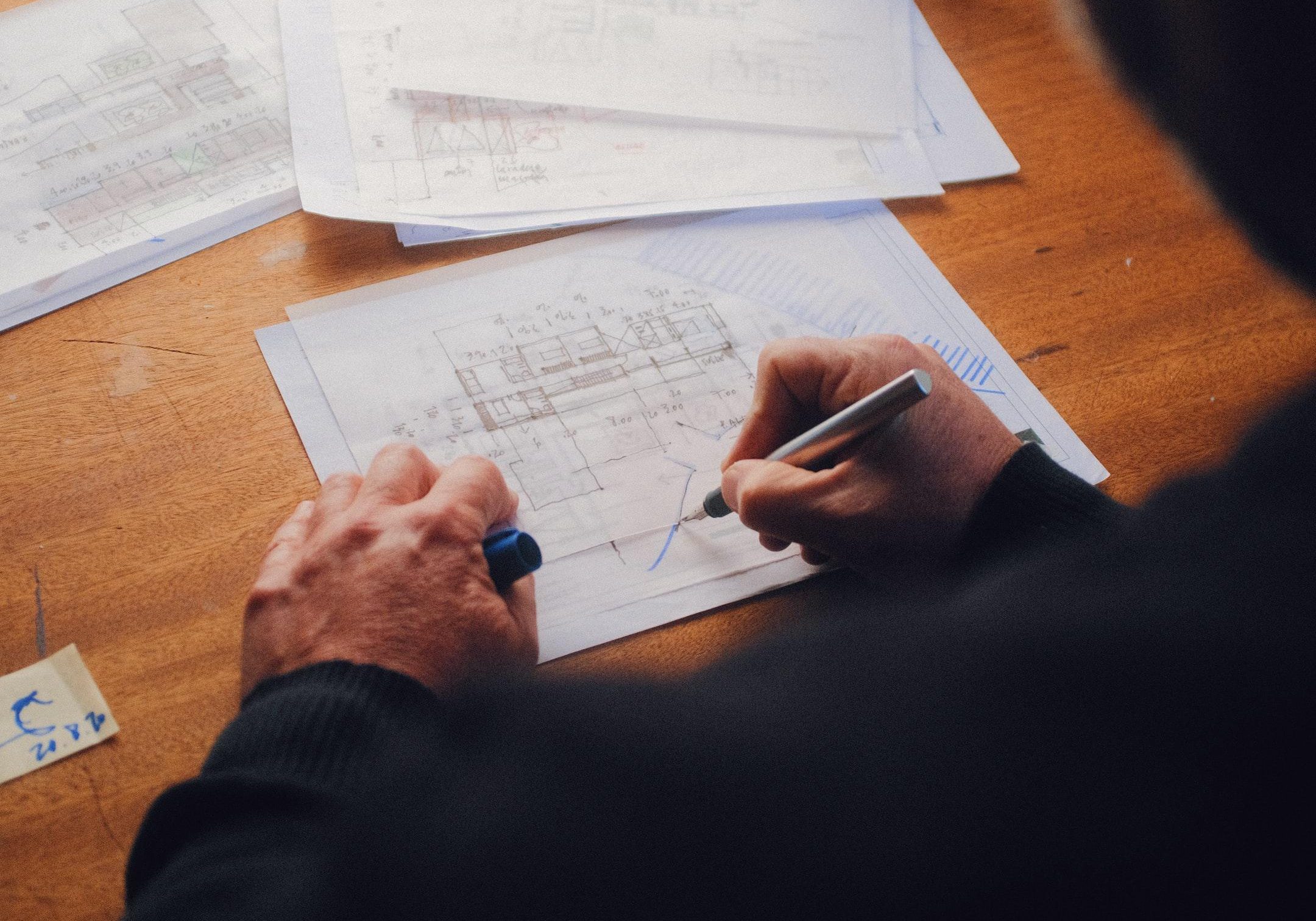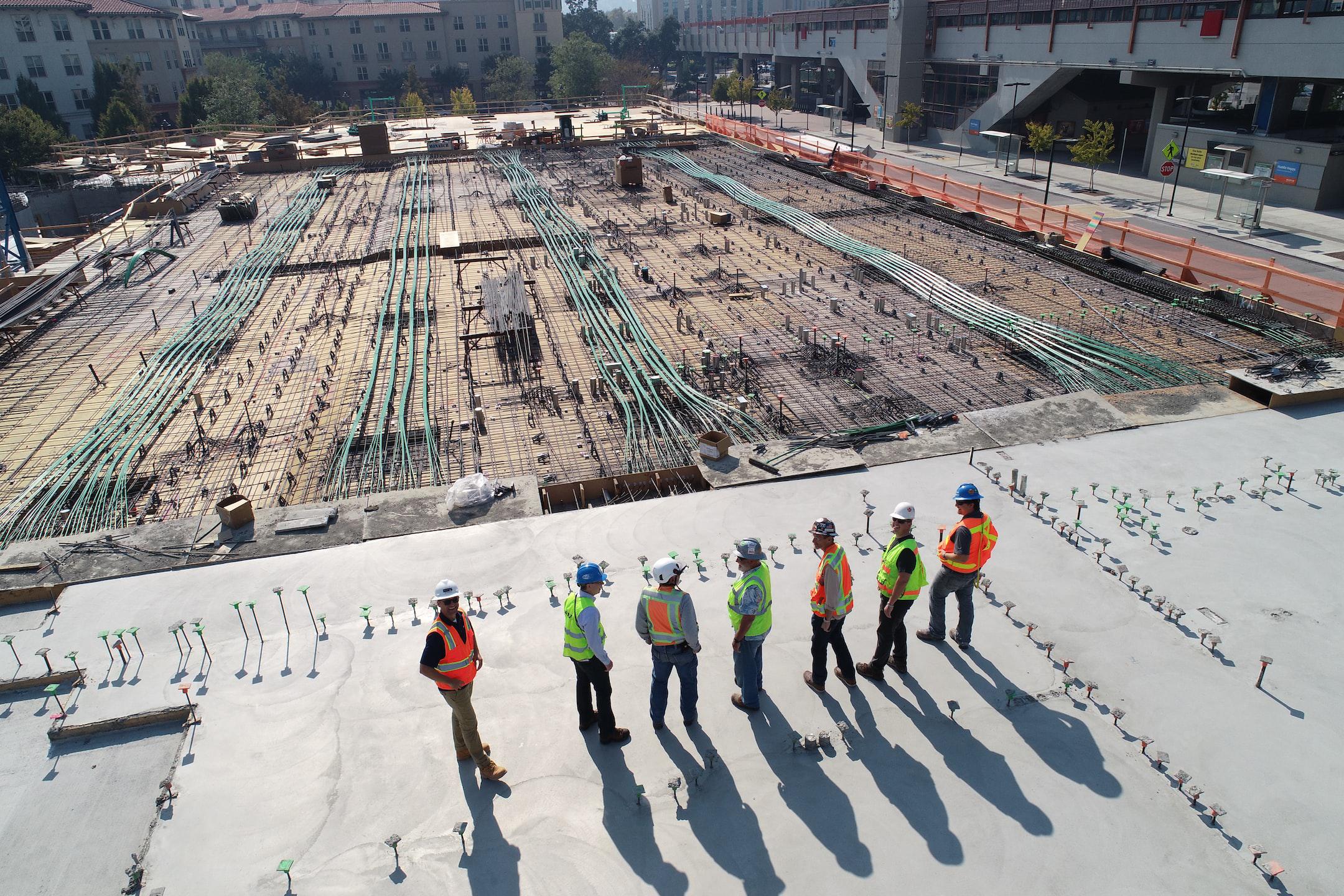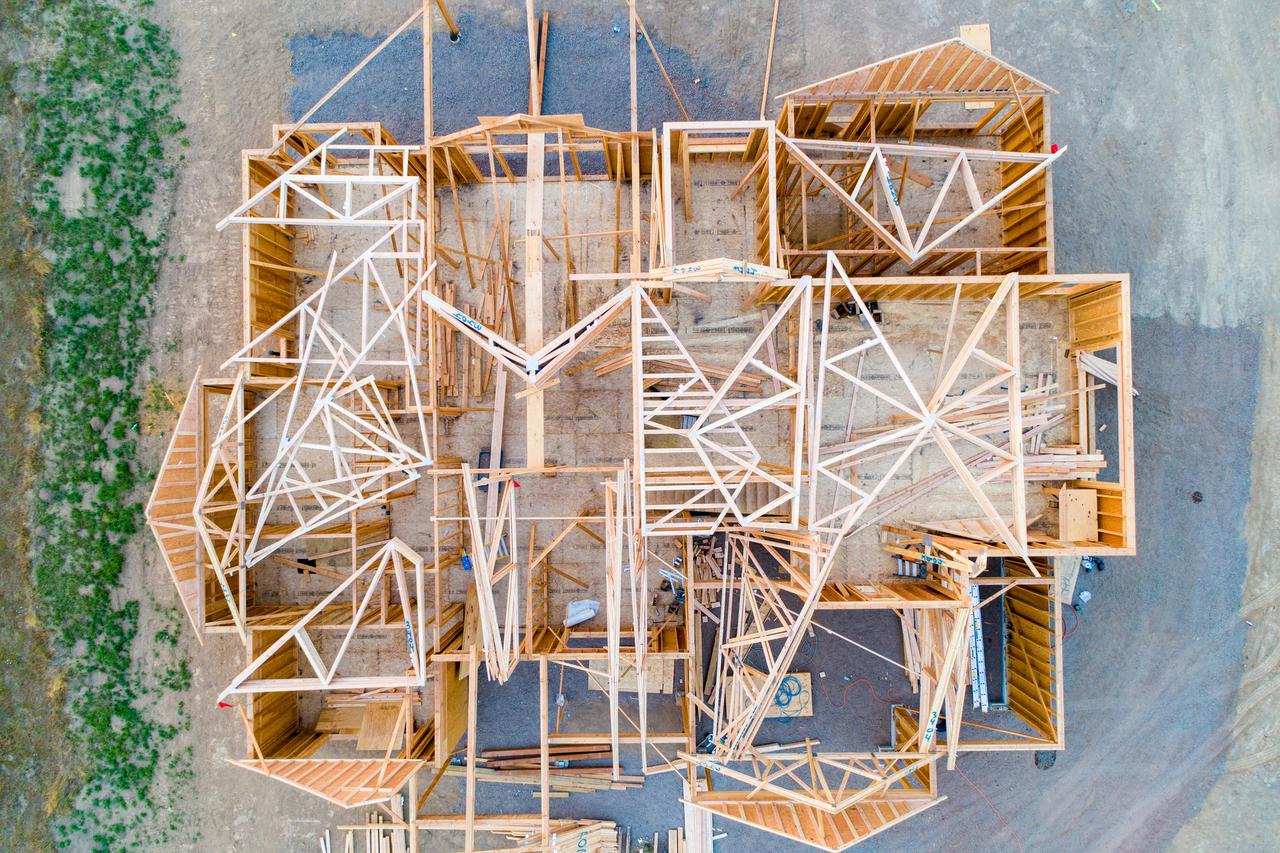If you’re planning a large-scale engineering project, it’s critical to have detailed, comprehensive information about the area and structures you’ll be working on before your work begins. This is the purpose served by building information modeling, or BIM, which allows you to better understand the physical and functional components of a building or infrastructure. Models can be generated in multiple ways, including scans.
One major component of BIM is making sure that the designs your team is developing won’t conflict with one another in a manner that may create negative consequences for the project as a whole. When these conflicts arise, they’re referred to as clashes, and they can happen in a variety of different ways; consequently, clash detection is the element of BIM concerned with identifying these clashes as they occur over the course of your project.
BIM clash detection isn’t just a beneficial part of incorporating this planning and design method into your engineering project; it’s a critical part of making sure the project can be completed without creating unexpected problems for the structure or system you’re working on. That’s why in this blog post, we’ll provide an overview of how BIM clash detection works and some of the benefits it can offer for your project.
How does BIM clash detection work?
As mentioned previously, BIM clash detection allows you to identify and address errors in your structural or systemic designs as they arise. As BIM generally gives you access to a comprehensive array of data about the structure or system you’re working on with detailed models of that structure or system based on your designs, clash detection is a means of troubleshooting to ensure that flaws in these designs are corrected before the project is completed.
This element of BIM can help you identify three different types of clashes: hard clashes, soft clashes, and workflow clashes. Hard clashes involve two elements of a design taking up the same space in a manner that interferes with one another. Soft clashes are when an insufficient amount of space is left for certain elements or functions of your structure or system. Workflow clashes occur when the information available for a building or system is inconsistent.
The benefits of clash detection
The biggest benefit of clash detection is its capacity to optimize your building designs and ensure that they create as few issues in their completed form as possible. It will, for example, prevent you from leaving too little space for a maintenance team to service parts of your building directly tied to your HVAC, electrical, or other systems, as well as indicate insufficiencies in the information you’re relying on to create your designs before they lead to bigger problems later in the project’s timeline.
When designing a building and the systems that will operate within it, it’s essential to take a variety of different elements into account to ensure that the final results are long-lasting and cost-effective. Energy efficiency, structural integrity, regulatory concerns, and more need to be taken into account and addressed from as early of a point as possible. BIM clash detection makes this a much easier task, saving your team time and money.

Rely on Spartan Scanning Solutions’ trusted BIM techniques for your project
The scan to BIM services offered by Spartan Scanning Solutions help provide the data you need for accurate and truly comprehensive clash detection, helping to ensure that your project starts strong and reaches completion while minimizing the risk of major design oversights. To get started or to learn more, contact us now!





